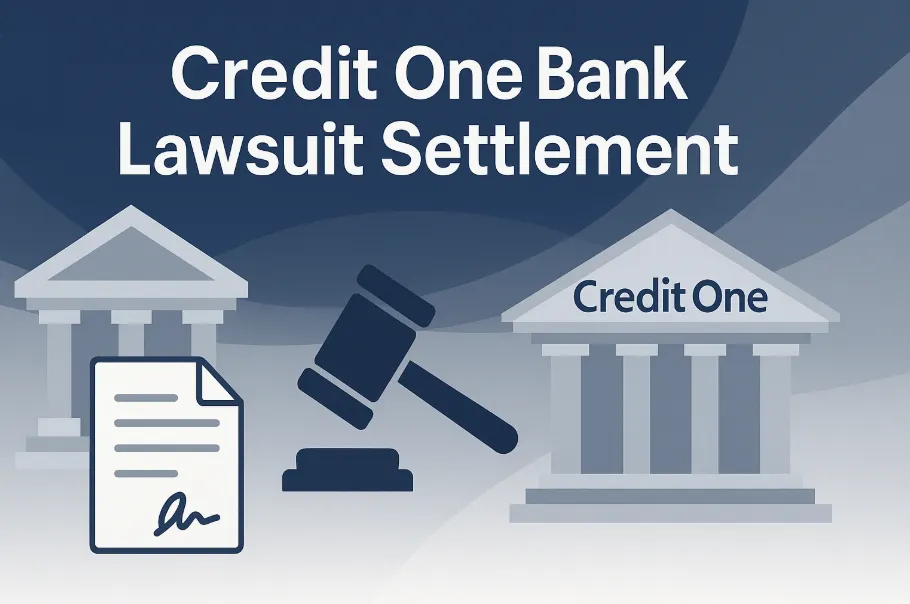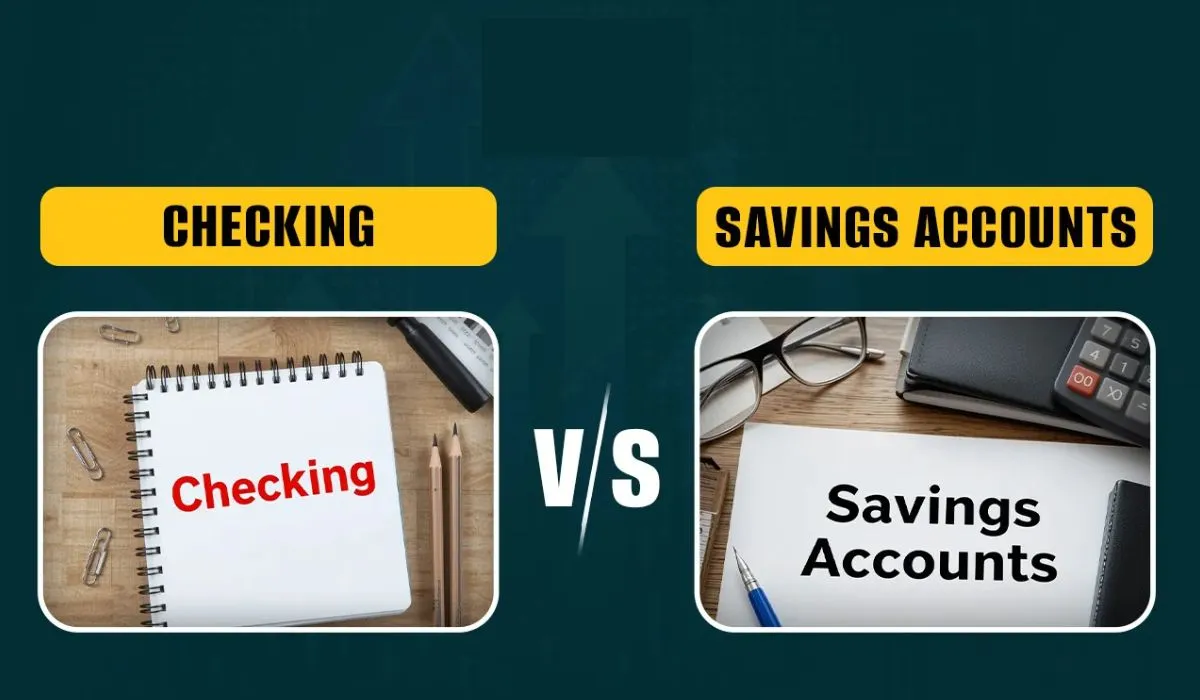Profiting from a decline in the price of a stock is possible through short selling, but what does the term short sell entail and is it a prudent course of action?
Investors can profit from declining equities through short selling, which means it is possible to generate income even when the market is contracting.
Short selling is a sophisticated investment strategy that entails significant risk. The most prevalent type of investment is when one places funds in a particular security with the expectation that its value will appreciate in the long run. You are maintaining a "long" position. Selling short is the exact inverse. One engages in the "shorting" of a security on the assumption that its value will decline.
How Does Short Selling Work?
A person will initiate a short position by borrowing the shares of the provided stock or asset that the person believes is going to decrease in value at a certain point in the future (the expiration date).

The person will then sell these borrowed shares to those purchasers who are willing to pay the current market price. Prior to repaying the borrowed shares, the borrower bets on the price of the shares declining so that they can be purchased at a reduced cost and subsequently returned to the lender.
The potential loss of a short is theoretically infinite, as there is no limit on how high the price of a security can rise. This is why there is more risk attached to shorting than going long, as the utmost you can lose when going long is your invested total.
Short selling is really what started off the meme stock frenzy, an unprecedented turn of events that has taken the stock market by storm. Meme stock investing is another very hazardous form of investing, but let's leave that for another day.
What Is A Short Squeeze?
A short squeeze is an unusual condition that initiates swiftly rising prices in a stock or other tradable security. For a short-squeeze to occur the security must have an unusual degree of short interest in it.
The short squeeze begins when the price rises higher unexpectedly. This condition plays out when a significant number of the short sellers coincidentally decide to reduce their losses and abandon their positions by selling the stock.
Read Also: Investing in US Technology Stocks
Using Short Selling As Part Of A Hedging Strategy
While short-selling conjecture is commonly seen, using shorts as a means to reduce downside risk is also popular among experienced investors.
A hedge is an investment that has been made to reduce adverse price movements in an asset. If the price of an asset moves in the contrary direction of what you predicted, at least you have reduced the downside somewhat by taking an offsetting position in another asset.
The idea is to protect certain gains or minimize the magnitude of a prospective loss. This is not usually something that will be used by retail investors because of the costs attached to doing so.
An commonplace example of companies using shorting as a hedging strategy is when airlines use short positions as a method to mitigate against future rising fuel prices.
Risk Vs Reward Of Short-selling

There are of course numerous pros and cons associated with short selling. There is the possibility of generating profits from wagering on the decline of an investment, allowing you to make money when the markets are declining and not just when they are increasing.
As you are initially leasing the shares when short selling, there is little initial capital required to commence a short. You also have the advantage of being able to use short selling as a means to mitigate different positions.
The disadvantages of short selling are most notably related to the potentially unlimited losses that are on the table. You will also need a margin account, with interest being incurred. The costs associated with short selling to mitigate positions are typically too high for the average retail investor.










